The topic of .22 caliber bullets has been accompanied by numerous wives’ tales. However, when it comes to their actual lethality, it’s important to examine the facts. .22 caliber guns hold a prominent position as one of the most widely used firearms worldwide. In fact, the .22LR round surpasses all others in terms of units sold. Given its immense popularity and compact size, it’s natural for people to be curious about its effectiveness and lethality.
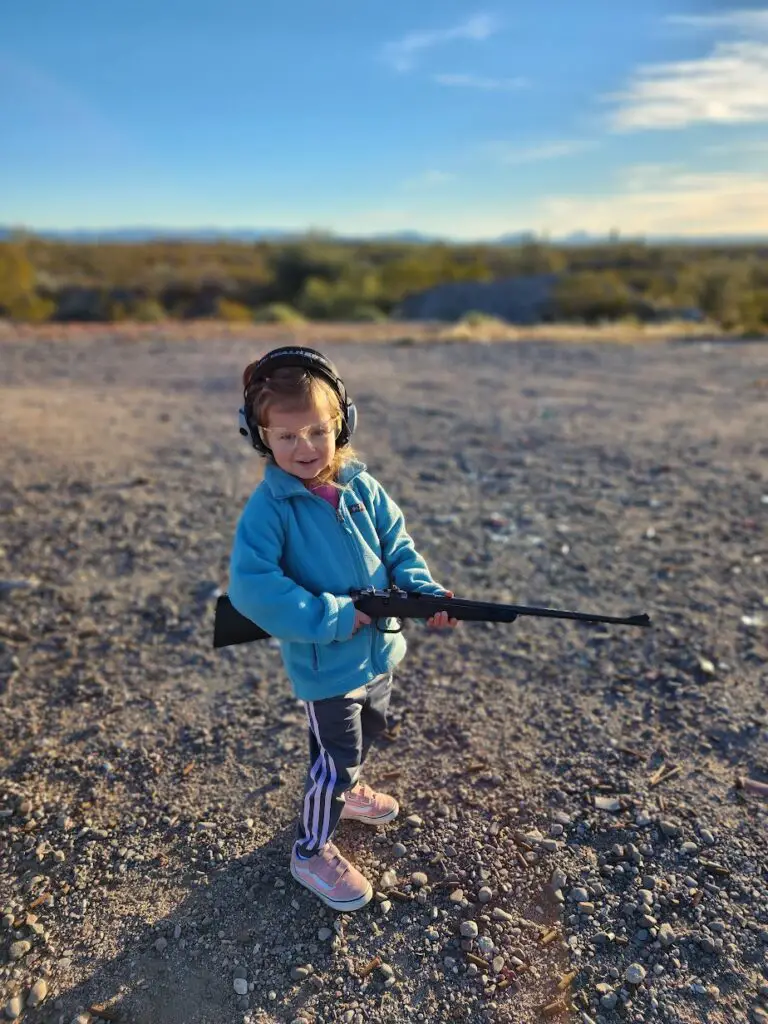
Having grown up learning on a .22 caliber rifle, I now have the privilege of passing on that knowledge to my children, as you can see in the photo above featuring my three-year-old daughter. While this rifle is an excellent choice for beginners, it’s crucial to have a comprehensive understanding of the following points:
The 22LR bullet, despite its lower power compared to larger cartridges, still possesses the capability to cause fatal injuries. With a diameter ranging from 5.7mm to 5.73mm, a well-placed shot to a vital area can result in devastating consequences. Additionally, it’s worth noting that 22 bullets often exhibit a tendency to ricochet within the body, leading to additional damage that may go unnoticed.
In this forthcoming article, we will delve into the inherent dangers associated with the 22 caliber round and shed light on its appropriate uses. Furthermore, we will examine past criminal incidents involving the 22 caliber round and gain valuable insights from an expert, who will share real-world wisdom on the subject matter.
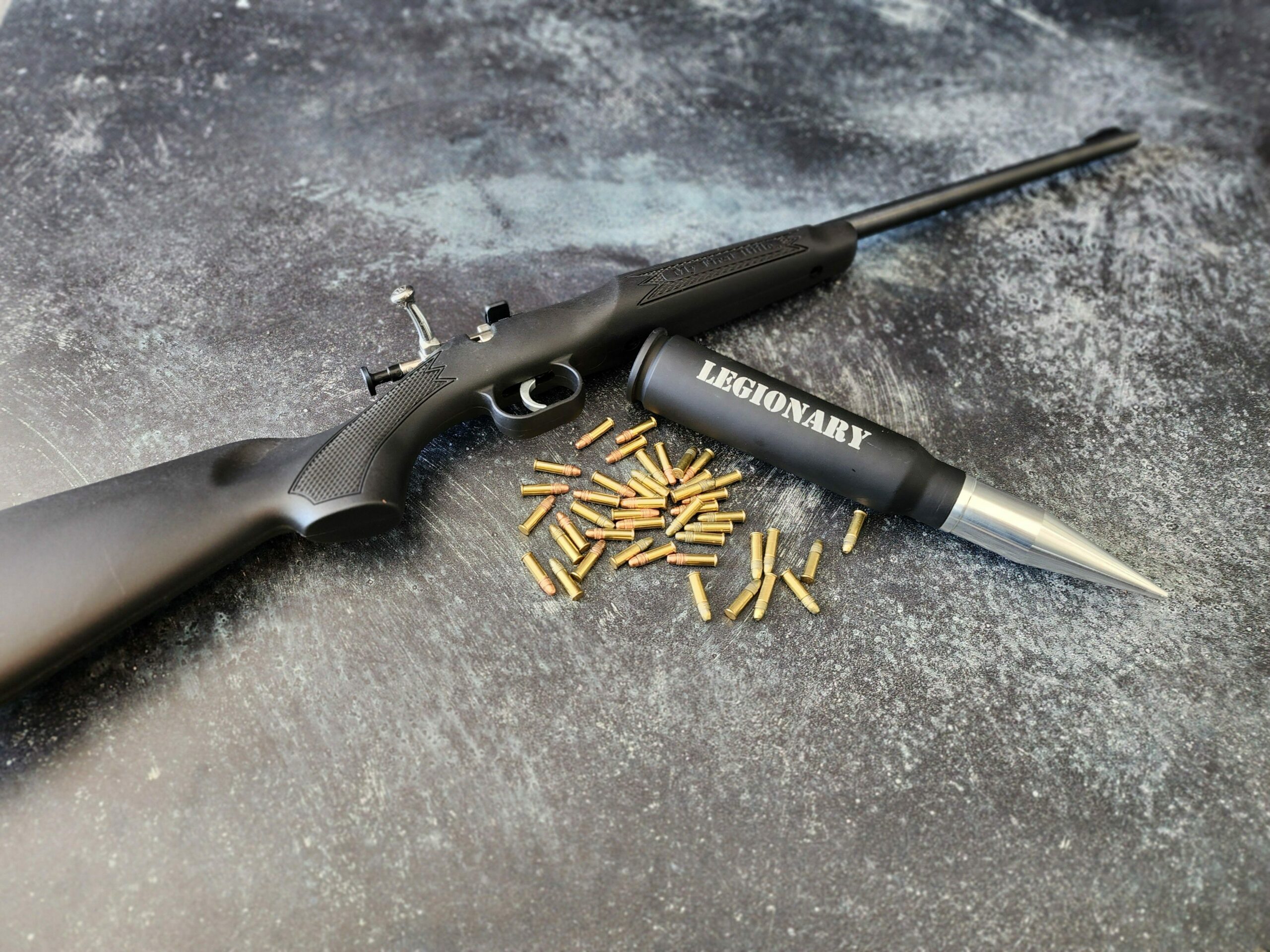
22 Caliber Bullets: Piercing Through And Causing Tissue Damage
All bullet types have the potential to cause damage, but let’s look at 22-caliber bullets in more depth. They have an unseen ability that makes them particularly dangerous.
When a 22 caliber bullet is fired from projectile weapons, a large amount of kinetic energy is transferred straight into a target. This causes the body’s tissues to ripple from a shock wave of force. The bullet is designed to penetrate through the surface area, transfer the energy, and tunnel through as far as it can from the shooting yard’s distance. The end result is either to take out the target with lethal force or cause a ricochet effect because of the 22 bullet’s lightweight. Source
The .223 is able to be even deadlier because of the velocity it gives off. When the bullet is shot, it can fly up to 3,200 feet per second and travel up to 1,660 feet per second. These bullets also have a range of 500 yards, so it’s hard to get out of range even if you know it’s coming.
The .22 is shot with a velocity of 2,690 feet per second, slows down to 840 feet per second, and only lasts up to 500 yards in ideal shooting conditions. .223 bullets make a bigger shock wave while tunneling through farther into the body, but both of these calibers can cause extensive damage. Source
For other velocity depictions on caliber bullets, visit here:
Do .22 Caliber Bullets Cause More Damage Than Larger Rounds?
In 2010, a noteworthy study was conducted as part of a Master’s thesis in forensic ballistics. The focus of the thesis was on the effects of cranial ballistic wounding caused by gunshots to the head. One particularly interesting finding highlighted in the thesis was the potential for ricochets within the human body when using .22LR ammunition.
During the study, a post-mortem subject was examined, having sustained five gunshot wounds to the back of the head. The author closely observed these shots, noting that they were fired at close range, which allowed for sufficient gas expansion to cause damage within the cranial cavity. Surprisingly, three out of the five .22LR bullets were found lodged inside the cranium without exiting the body. Upon further examination using a C-T scan, it was discovered that one lead bullet had traveled to the throat, while the other had come to rest within the bladder. Remarkably, both bullets had traversed a path around the head and below the body before losing velocity and becoming lodged in body tissue.
This intriguing case study sheds light on the unique behavior of .22LR bullets within the human body, emphasizing the importance of understanding the potential consequences of such wounds.
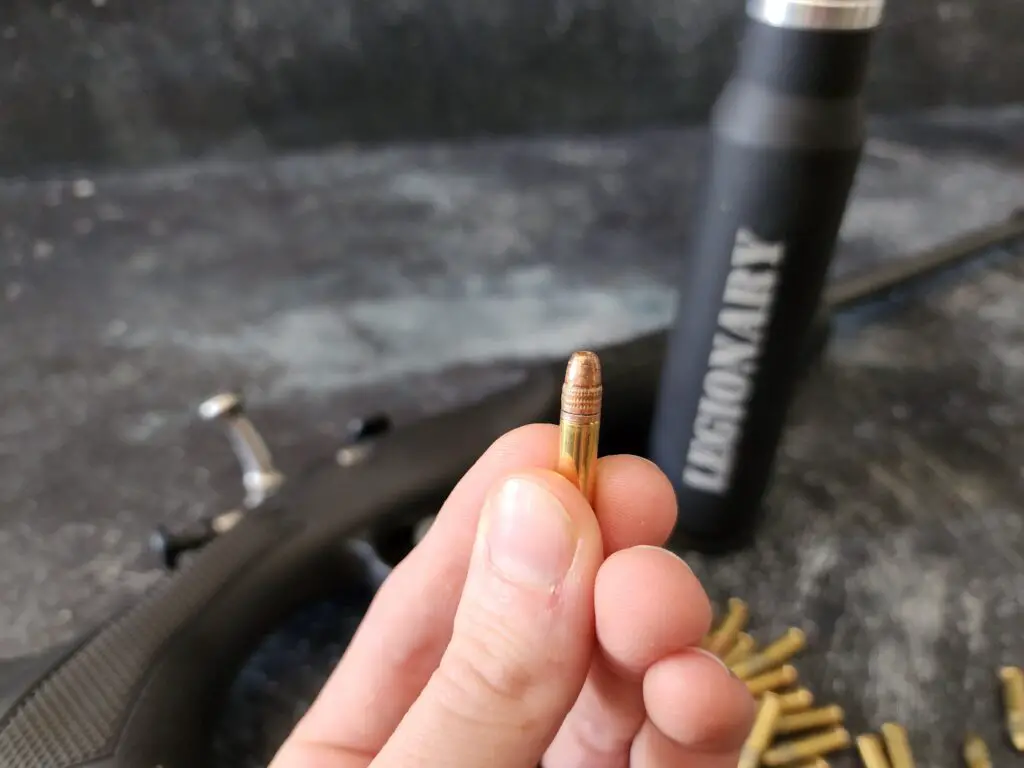
What Is The Bleed Out Risk?
Many injuries that are caused by a .22 caliber bullet will result in almost instantaneous death (if a critical area was hit). However, guns can also cause secondary damage that leads to excessive bleeding and tissue damage. It’s. important to know what the signs of a fatal gunshot are and which areas are the most vulnerable. So what are the overall gunshot areas that would result in a risk of bleeding out?
The answer came out to be that the GSW (or gunshot wound), would be quickly fatal if the bullet damaged the heart, the aorta, or another major blood vessel. Death comes as a result of bleeding out when these areas are hit. Basically, any gunshots around the lungs or heart will be particularly deadly. Death occurs few minutes after the bullet enters.
There is a possibility for survival but only if the victim is lucky and was able to be treated with emergency surgery. If shot in the lungs specifically, the victim would bleed out unless they are able to recieve emergency surgery, have the bullet removed, control the bleeding, and successfully repair the lung. That’s a tall order and many victims are not able to survive a gunshot to the lung. Even if successful, the surgery would last for a couple of hours and result in at least a week in the hospital and a few months of recovery.
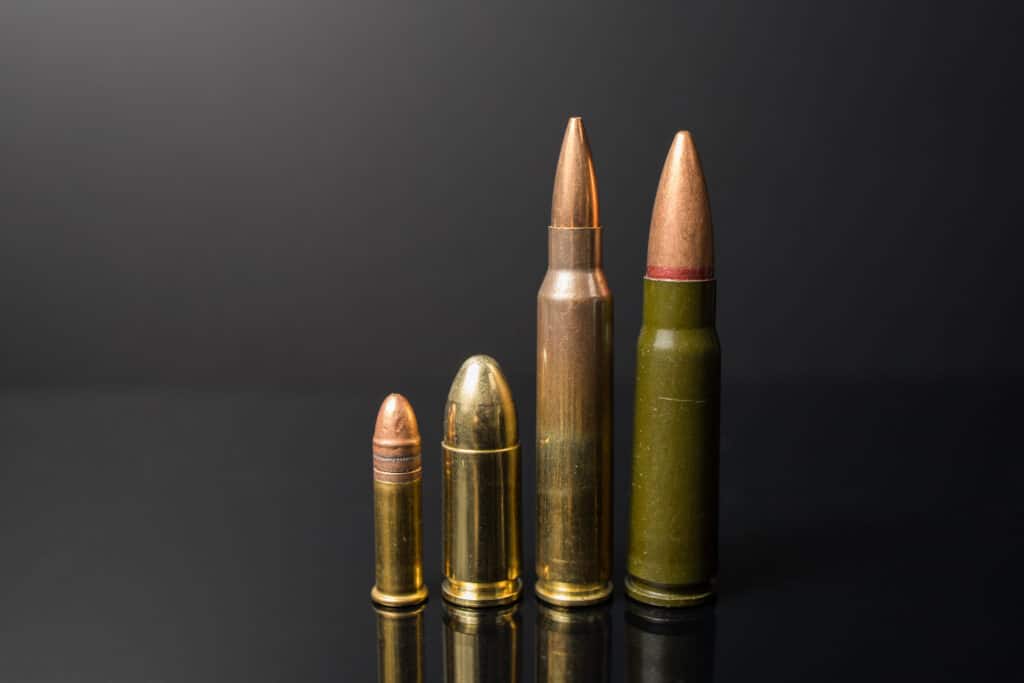
However, if the bullet was shot through the chest, the bullet would land inside the chest wall and not enter the chest cavity. Instead, the bullet would bounce off the breast bone, rib, or deflect out altogether into the chest wall’s tissue, even down to the person’s abdomen. If the bullet were to strike bone, it can bounce off to any point within the body. .22 caliber bullets are particularly notorious for their ability to ricochet and. move from. the initial point of impact. They are unlikely to leave clean entry and exit wounds.
22 Caliber Bullets Fired: How Often And How Far?
How far away does the .22LR need to be for a fatal hit?
During hunting activities, the potential danger range can extend up to a mile, although this largely depends on the shooter’s accuracy. For small game such as bunnies or squirrels, the effective range typically falls between 75-100 yards. In gun competitions, skilled marksmen can shoot a .22 rifle at distances exceeding 100 yards, albeit with a noticeable drop in velocity of around 5-6 inches. This drop increases to an average of 20 inches when shooting at 150 yards.
Depending on the shooter’s preferences and priorities, the average range may vary from 25 to 75 yards if they are not concerned about bullet drop. For recreational shooting purposes, it is possible to engage targets as far as 450 yards away. However, at such extended distances, control and accuracy are significantly compromised due to the substantial bullet drop. Source
However, the lethal distance changes when there is the intent to murder a human. If someone is shooting from top to bottom of the head, factoring in a 10in drop, the lethal distance is 87 yards. If aiming from the top to bottom of a person’s groin, including a 40-inch drop, it’s 166 yards. Lastly, if aiming from top to bottom of a person’s feet, including a 70-inch drop, a .22 caliber shot would be lethal at 214 yards. Source
How often are people shot at with a .22 caliber bullet?
A cross-sectional study conducted over a span of 5 years examined data from investigations conducted by the Boston Police Department. The primary objective of the study was to determine the fatality rates associated with gunshot injuries caused by specific caliber firearms in cases of murder.
The study analyzed over 221 gun-related homicides, all of which involved one or more gunshot wounds inflicted on the victims with criminal intent. Additionally, there were 300 nonfatal cases recorded during the same 5-year period. The results, as reported by the source, indicated that out of a final sample size of 511 gunshot victims, 220 cases resulted in fatality, while the remaining 291 cases were nonfatal.
Further investigation revealed that the specific caliber of the firearm used was observed in approximately 63.2% of nonfatal cases and 83.2% of the fatal cases, based on the firearms recovered during the investigations.
Combining the cases, there were three groups of the caliber bullets featuring the small types of .22, .25, and .32. Medium caliber bullets were found to be .38, .380, and 9mm with larger bullets being .357 magnum to 7.62x 39mm.
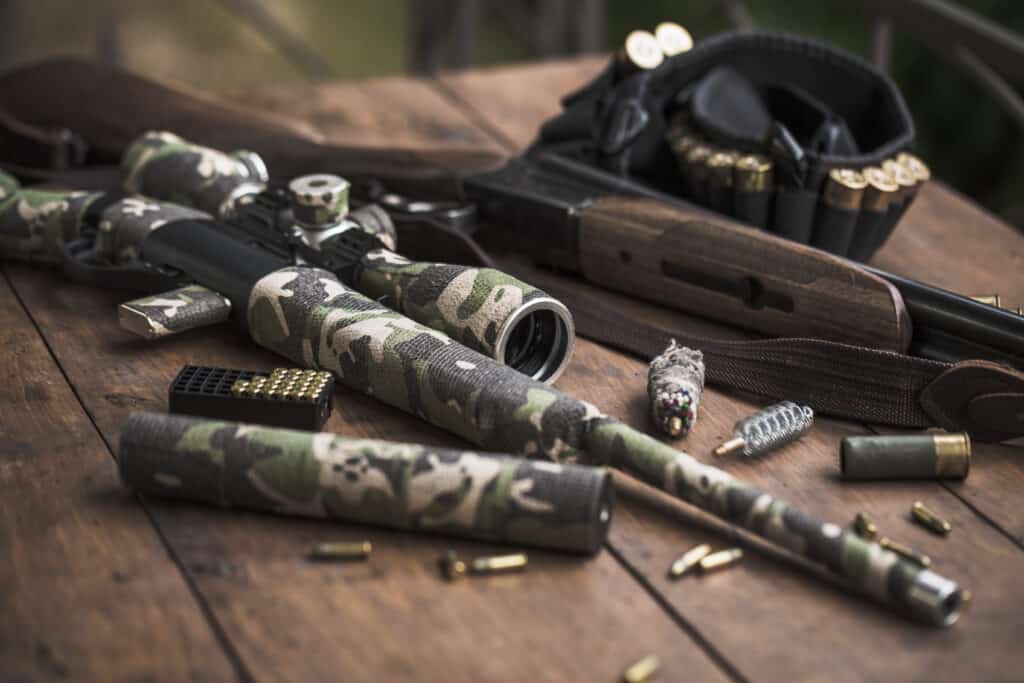
Granted the caliber bullets present in these cases are not to be associated with the number of inflicted wounds, the location of bullet holes, or the circumstances of attacks. Therefore the likelihood of death with cases involving smaller caliber bullets was at 2.25 with larger caliber bullets being at 4.54 in statistical terms which reduces the resulting homicides by 39.5%.
When the location of assault was included, the bullet holes were usually found in the head, neck, back, abdomen, arms, and legs. with the wounds being accounted for single shots and various shots.
The overall result of the gunshot homicide cases was a 1-6 ratio of the victim dying from a caliber shot. This was determined by which homicides were fatal with how many gun wounds are present, the location, size of the bullet, and the bullet weight.
Talking To A Gun Expert
While researching .22 caliber bullets, I talked to an experienced gun owner who gave some great real-world answers for the following questions:
What should the gun be used for?
“I’d say the gun should only be used for home defense, self-defense, and hunting as it is best used as a tool.”
What has been your experience .22 caliber bullets/guns?
“Oh, they’re super fun and it’s great that they’re cheaper to shoot. You can generally find bulks of .22 caliber bullets for cheap at any gun shop. They are also very popular and well-stocked too.”
Is the .22 caliber a better gun choice for hunting/protection?
“When hunting small animals and not larger game, yeah. I’d recommend using it for jackrabbits, black-tail rabbits, cottontail rabbits, as well as quail, wild pig (may take a few shots since their skin is thick), and squirrels. I recommend to aim at the head for a good clean shot.”
Have you had any complications with the gun?
“Semi-auto versions will have more malfunctions because the lighter bullets tend to have problems shooting, especially out of a double-loaded firing rifle. The gun needs to have a solid recoil system to be light enough for the bullets to be fired. Smaller rifles have fewer problems as they only have one cylinder to rotate through in one direction. It also helps that they don’t have a lot of moving parts.”
What Makes The 22 Caliber Dangerous?
Guns are dangerous if they are fired by novices or used for ill-intent. First, we need to see what stands between death and survival is how quickly someone can receive medical care. From the time someone is hit with a .22 and receiving medical assistance is normally longer because the victim may keep fighting the attacker or running away instead of collapsing.
So what is the main danger of the .22 caliber bullet/gun? It’s the same anger as any other type of bullet; it can kill or seriously injure someone.
There’s not a strong survival chance if the bullet hits someone in vital organs or major blood arteries. Statistics generally point to a .22 long rifle being the second most used gun for death fatalities as well as resulting the same with any caliber more than a 9mm Luger. With a .22LR having the energy between 120-180 ft ibs, the hunting arrow is around 80 ft ibs which can kill a dear with the .22 able to kill a person. Source
Therefore, the 22 caliber bullet produces a higher fatality rate rather than not. A shot has the potential to be deadly as any large bullet but can be less debilitating. (Source)
When considering gunshot wounds, the likelihood of survival upon the arrival of emergency medical technicians (EMTs) is influenced by several factors. It is reported that if the victim is still alive when the EMTs arrive, there is an estimated 80% chance of survival. However, the survival rate also depends on the location of the gunshot wound and the time it takes for the EMTs to reach the scene.
In cases where the victim is capable of fleeing or being prevented from excessive bleeding, the focus shifts to injuries near the abdominal cavity and major arterial branches within the torso. Such injuries pose significant challenges for medical intervention, often resulting in a limited ability to provide effective help and frequently leading to fatal outcomes.
If a victim sustains multiple gunshot wounds, the work of trauma surgeons becomes more complex as they must address a higher number of injuries, thereby increasing the risk of rapid blood loss. Additionally, trauma surgeons encounter difficulties in removing expanding bullets, as the extraction process can cause further damage and pose risks to the medical professionals involved.
It is worth noting that the use of expanding bullets, which transfer energy to the victim instead of passing straight through the body, can lead to different survival rates compared to other types of ammunition that create additional exit wounds. The design of expanding bullets reduces the number of exit wounds, which in turn facilitates better control of bleeding and improves the chances of survival.
In summary, while all bullets have the potential to be lethal, .22 caliber bullets present specific challenges in terms of treatment and removal before irreversible damage occurs.
OUR RECOMMENDED TACTICAL GEAR LIST:
- Best Health and Fitness Tracker, Whoop. Get 1 Month Free: See it here!
- EDC Assisted Opening knife we can’t live without: See it here!
- Best EDC Concealed Carry Pistol: See it here!
- Extreme Performance Morning Dink: See it here!
- Best 3D Printer For Gun Parts and Accessories: See it here!
- Our Top Rated EDC Flashlight: See it here!
- AR Red Dot Sight We Can’t Live Without: See it here!
- Best Handgun Safe For Quick Access: See it here!
- Top Wireless Security Camera For Home Security: See it here!
- The Range Bag You’ve Always Been Looking For: See it here!
- CIA Approved Sharp Shooting Course: See it here!

